Just adding to the list.
This male, at about 4 - 5 weeks of age.



Him as an older cockerel at about 10 months.


This male, at about 4 - 5 weeks of age.
Him as an older cockerel at about 10 months.
Follow along with the video below to see how to install our site as a web app on your home screen.
Note: This feature may not be available in some browsers.
Much too soon to sex. Post updated pics at 6 weeks.Hi there! We got these Easter Eggers about 2 weeks ago and we are guessing they were about a week old because they had very feathered wings. Today I took them to a sheltered flower bed for some outdoor time. Marilyn is the blonde and seems to have some orangey gold feathers coming on her neck and chest (first two photos). Then we have Henrietta who has kind of a macho stance at times, very feathered tail, and not much comb so far. (Next 2 photos). Last is Penny, who was having a dust bath and couldn’t be bothered to pose. This her feathers and comb. Any guesses if we ended up with Roos?
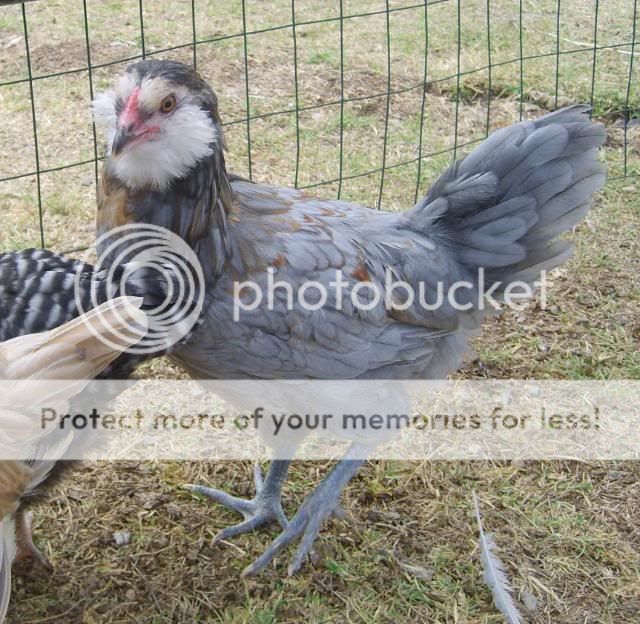
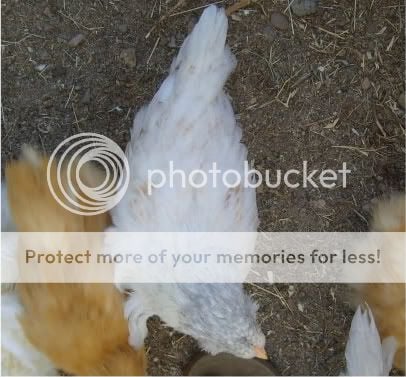
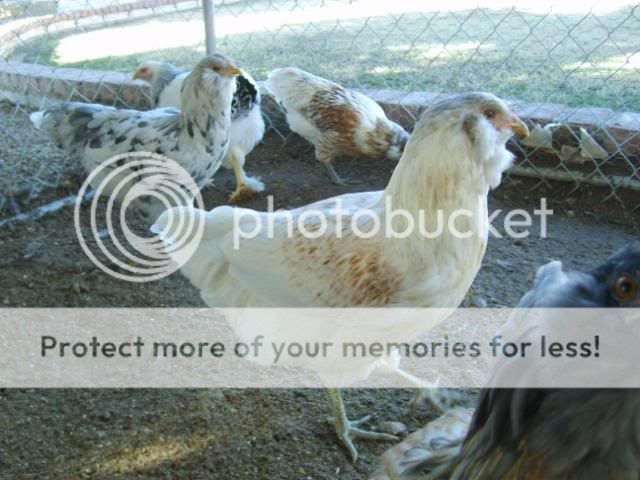
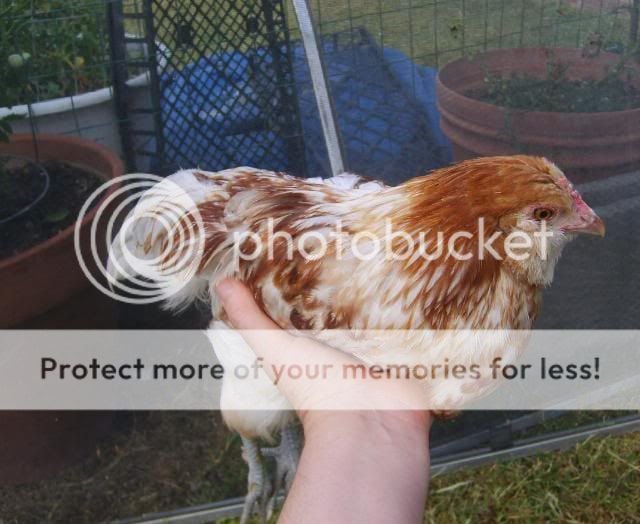
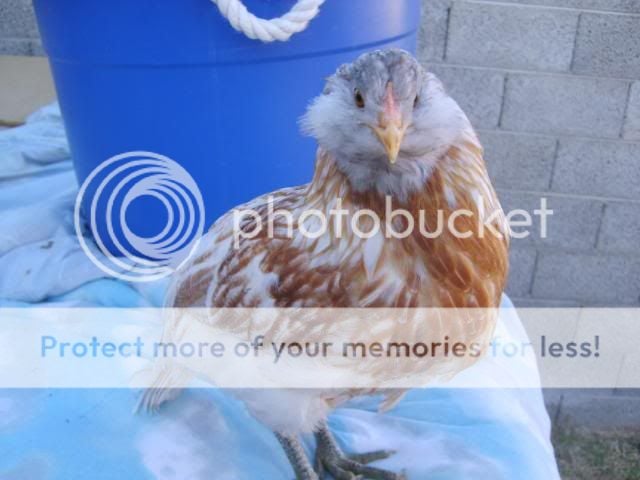
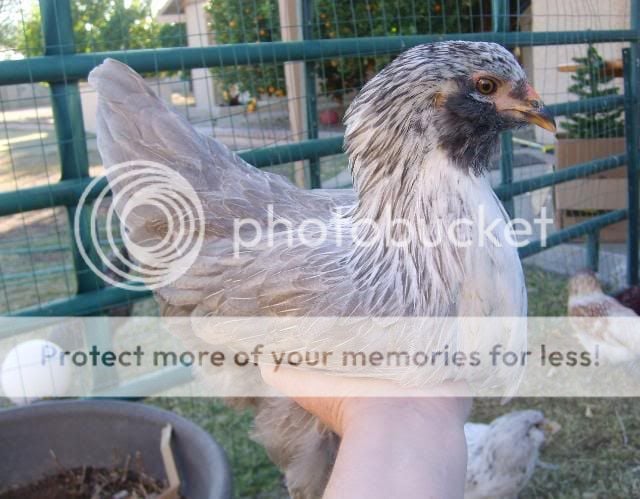
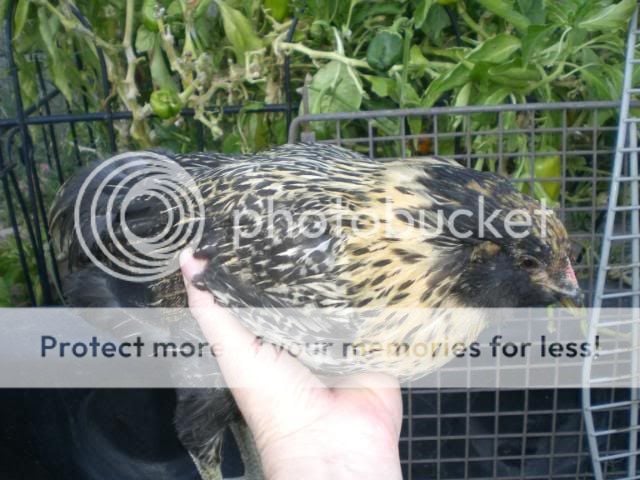
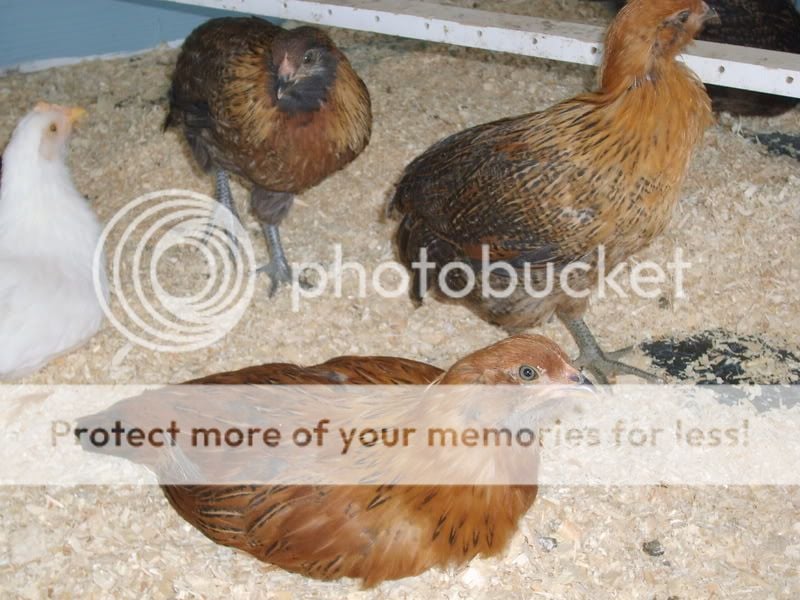
I see so many easter eggers like Shirley Temple there. I have one too (see photo). My questions for those knowledgeable about EEs are (1) is this pattern always female, and (2) since the pattern is so common do we know what cross likely made it? Can you have a good idea of the breeds of the parents if your easter egger has this pattern?
View attachment 1049794

Theodora says, "Did someone say huge comb? Let's see it!"Once mine are old enough!! They're only 2 weeks now. But I do have a few olive eggers that are about 3 weeks that I'm nervous are roos. HUGE Combs compared to the third
The second one is male for certain, that patterning is positively screaming it. I can't see the comb on the first but if it's developing already, it's also a cockerel. It looks like that last rooster has some serious construction skills!I LOVE THIS THREAD!!!!!! I have learned so much. My hubby and I are going nuts over chicks. We now have 22 of all different breeds but more EEs than anything else. I posted on a different thread but am curious on what the experts here say! View attachment 1752029 View attachment 1752033 View attachment 1752038 View attachment 1752039 Here's some pics of two that I think are little roos. Sorry about the quality of the pictures. The first one is about 9 weeks old. He has a small, but triple, pea comb. The other is about 8 weeks old. We are kind of hoping for a roo. Hubby will make a bachelor pad for anyone who needs one. Right now, he is working on a large run after building the most beautiful coop!

Sorry about the dead bird, did it have physical signs of damage?https://www.backyardchickens.com/threads/pullets-or-cockerels.1355194/
Judging by the red wing thing, my other one was also a rooster. We found it dead on Thursday and now are wondering if it was a fight gone wrong. I'm trying to rehome this guy before he hurts our silver phoenix rooster